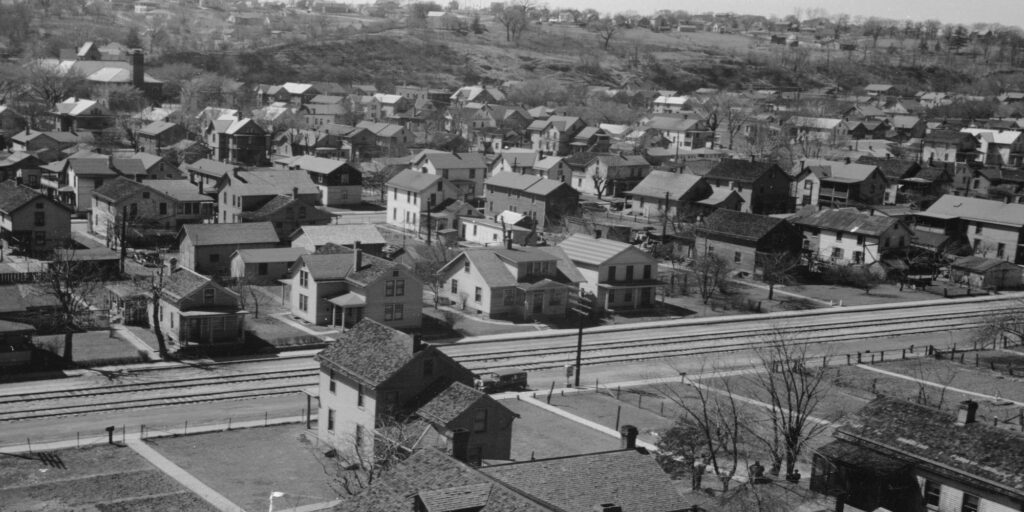10/1/24 >> CHANGES TO CLASS SCHEDULE, DUE DATES, and MORE ARE NOW LIVE ON THIS WEBSITE AND ASULEARN. SEE EMAIL SENT ON OCT 1.
Middle-class sectors gained prominence across the world beginning in the mid-twentieth century … although at different junctures and to varying degrees. The notion of a middle class, therefore, is a fairly recent phenomenon in world history.
Those who ascribe to the “middle class” (or at least a middle-class consciousness) often see themselves as a stabilizing force in society. As some scholars suggest, their main social function is to act as “go-betweens,” or intermediaries, between the elite/powerful and the poor/powerless by virtue of their education and social ascendancy.

However, questions arise: Where and when do we first see the idea of a middle class? Why do most politicians pitch their candidacies to the middle class? What are some markers, or identifiers, that represent the middle class? What can we learn about a history not “from below,” nor “top-down,” but from the middle?
In HIS 4100, we will analyze primary and secondary source materials, discuss recent scholarship on the middle class, compile annotated bibliographies of academic literature on the subject, and, ultimately, produce a research-informed paper on a topic of your choice.
As the capstone course in the history major, HIS 4100 will demand the very best of you. As such, find a topic that excites you. Ground yourself in the research process. And listen to your classmates’ ideas and learn from their own projects.
Senior Seminar is inherently a community environment. This class is designed for students to learn and work alongside other history majors. Learn to rely upon others for help and support when you need it, step up and contribute regularly, and grow as a historian with your peers.
[NOTE: The History Department requires all majors to earn a C or higher in HIS 4100 in order to graduate with a degree in history.]
Course Textbooks
- Cosse, Isabella. Mafalda: A Social and Political History of Latin America’s Global Comic. Translated by Laura Pérez Carrara. Durham: Duke University Press, 2019.
- López-Pedreros, A. Ricardo, and Barbara Weinstein, eds. The Making of the Middle Class: Toward a Transnational History. Durham: Duke University Press, 2012.
- Rampolla, Mary Lynn. A Pocket Guide to Writing in History. Ninth edition. New York: Bedford/St. Martin’s, 2017.
Course textbooks and other research-possible books can be found at the course Amazon page.
Primary Objective of HIS 4100
To effectively communicate research findings [on a topic related to the middle class] to a general audience through textual and/or other means, adhering to the standards in the field of history.
Specific objectives for this course
- Participants should be able to … consider historical thinking skills (how historians approach their research – from initial to final stages).
- Participants should be able to … think critically about how technology shapes our access to and interpretations of the past.
- Participants should be able to … identify specific tools for researching, produce, and communicating their research topic.
- Participants should be able to … develop their identity as historians
